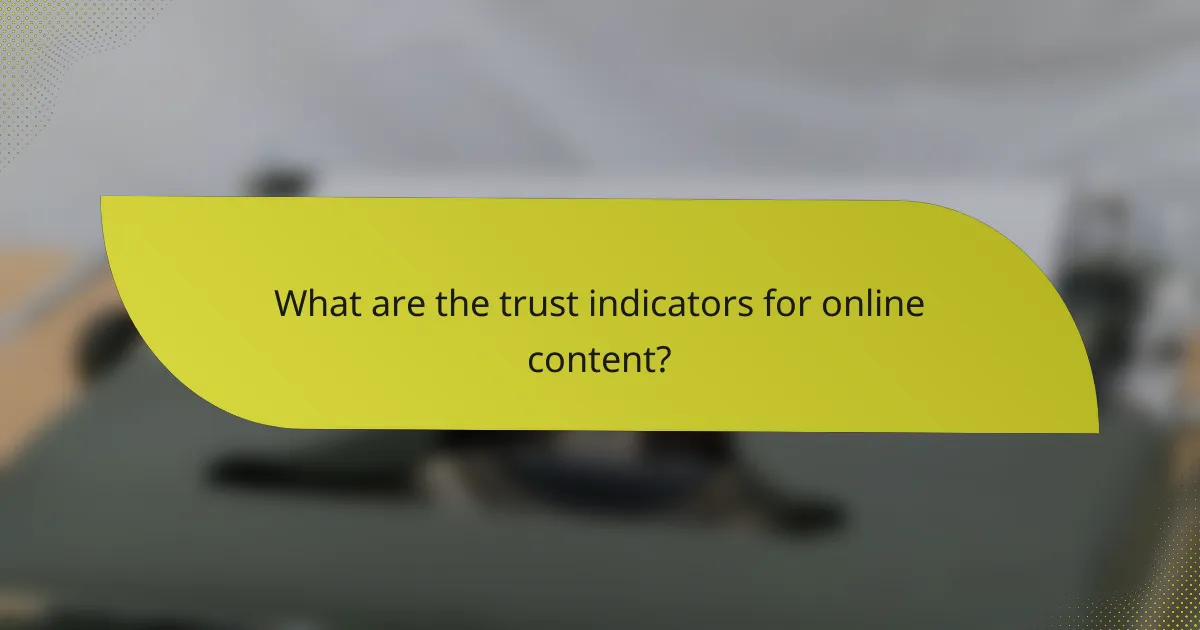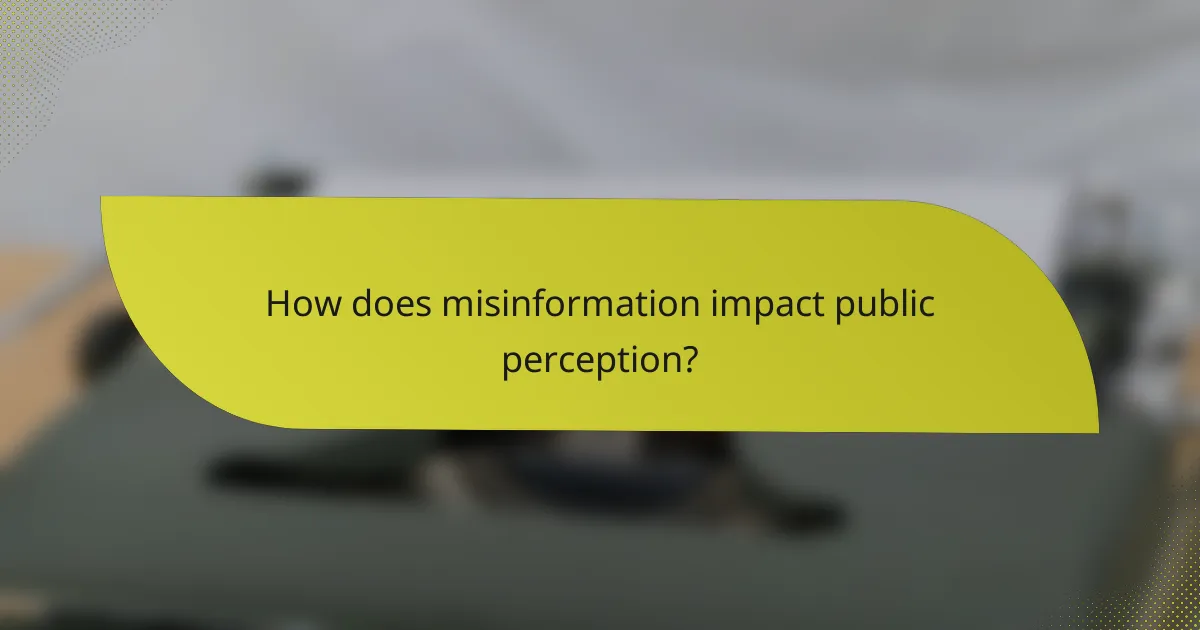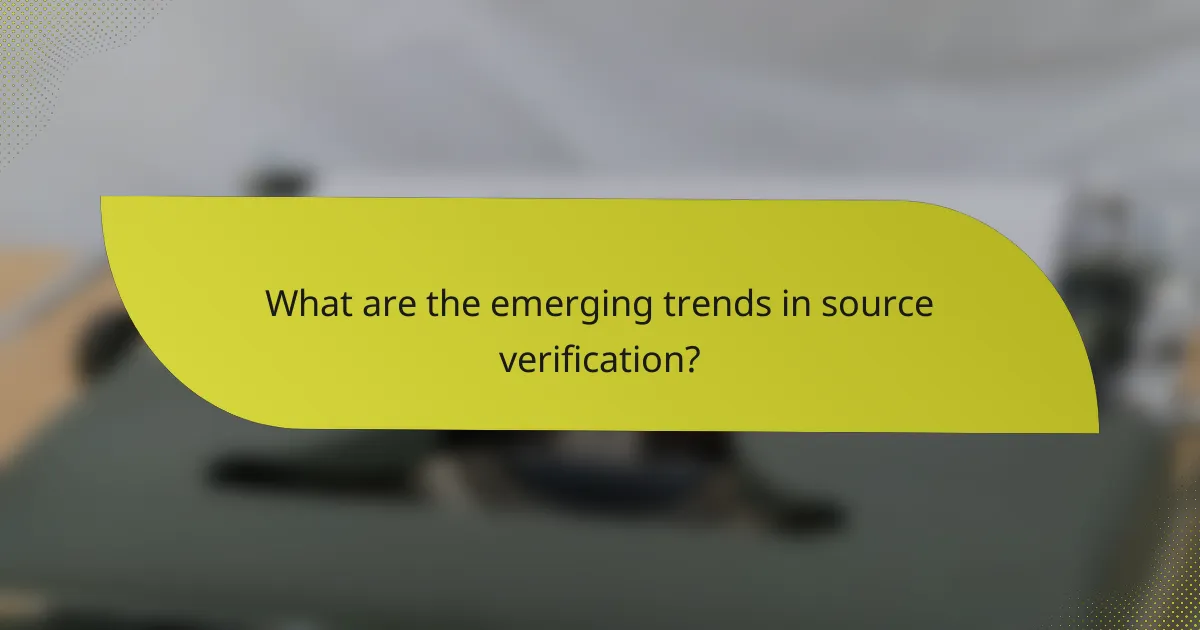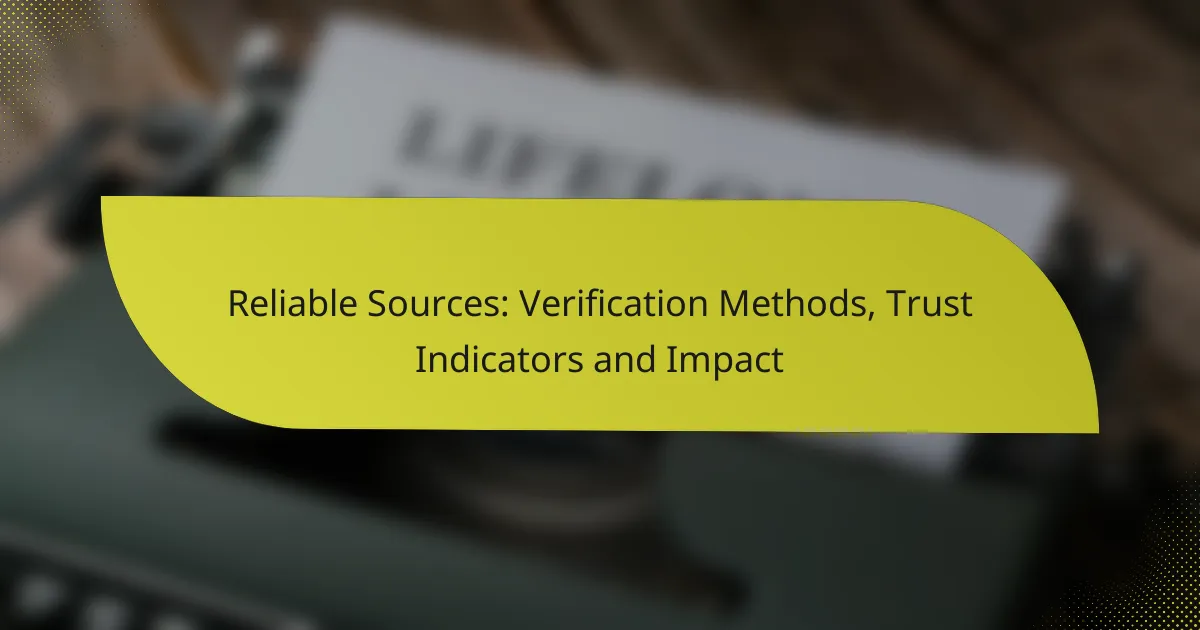In an era where misinformation is rampant, verifying reliable sources is crucial for maintaining the integrity of information. Journalists and content consumers alike must utilize methods such as cross-referencing and fact-checking, alongside trust indicators, to assess the credibility of sources. By doing so, they can combat the negative impacts of misinformation on public perception and decision-making.

How to verify reliable sources in journalism?
To verify reliable sources in journalism, journalists should employ a combination of methods that include cross-referencing, fact-checking, and assessing the credibility of authors and publications. This multi-faceted approach ensures that the information presented is accurate and trustworthy.
Cross-referencing with established databases
Cross-referencing involves checking information against established databases and reputable sources. This can include academic journals, government publications, and recognized news outlets. By comparing data across multiple sources, journalists can identify inconsistencies and validate facts.
Utilize databases such as PubMed for medical information or the World Bank for economic data to ensure the reliability of the information. This practice helps to confirm the authenticity of the claims being made.
Utilizing fact-checking organizations
Fact-checking organizations play a crucial role in verifying the accuracy of information. These organizations, such as Snopes or FactCheck.org, specialize in investigating claims and providing evidence-based assessments. Relying on their findings can save time and enhance credibility.
When using fact-checking services, ensure they are transparent about their methodology and sources. This transparency adds an extra layer of trust to the information being verified.
Assessing author credentials
Evaluating the credentials of an author is essential in determining the reliability of a source. Look for authors who have relevant qualifications, experience, and a history of publishing in reputable outlets. This background can indicate a higher likelihood of accurate reporting.
Check the author’s biography or professional profiles on platforms like LinkedIn to gather insights into their expertise and previous work. This can help gauge their authority on the subject matter.
Checking publication reputation
The reputation of the publication is a significant indicator of source reliability. Established newspapers, academic journals, and industry-specific magazines often have rigorous editorial standards. Prioritize sources known for their commitment to factual reporting.
Be cautious with lesser-known publications or those with a history of sensationalism. A quick online search can reveal reviews or ratings that reflect the publication’s credibility.
Evaluating source citations
Assessing the citations used in an article can provide insight into its reliability. Reliable sources typically reference other credible works, studies, or data. Check the quality and relevance of these citations to ensure they support the claims made.
Look for primary sources or peer-reviewed studies rather than anecdotal evidence. This practice strengthens the overall trustworthiness of the information presented in the article.

What are the trust indicators for online content?
Trust indicators for online content are essential elements that help users assess the credibility and reliability of the information presented. These indicators include various metrics and features that signal whether a source can be trusted, ultimately guiding users in their decision-making process.
Domain authority metrics
Domain authority metrics evaluate the strength and credibility of a website based on various factors, including age, popularity, and backlink profile. Websites with higher domain authority scores, often ranging from 1 to 100, are generally seen as more trustworthy. Tools like Moz and Ahrefs provide these metrics, allowing users to compare the authority of different sites easily.
When assessing a source, consider its domain authority in relation to its competitors. A site with a significantly higher score than others in the same niche is likely more reliable. However, it’s essential to combine this metric with other trust indicators for a comprehensive evaluation.
Presence of author bios
Author bios provide insight into the qualifications and expertise of the individuals behind the content. A well-crafted bio typically includes the author’s credentials, relevant experience, and other publications. This transparency helps users gauge the reliability of the information based on the author’s background.
Look for bios that detail the author’s expertise in the subject matter. If an author has a degree or significant experience in the field they are writing about, it enhances the credibility of the content. Be cautious of articles without author information, as they may lack accountability.
Use of peer-reviewed references
Peer-reviewed references are studies or articles that have undergone rigorous evaluation by experts in the field before publication. Content that cites peer-reviewed sources is generally more credible, as it relies on validated research rather than personal opinion or unverified data.
When evaluating an article, check for citations from reputable journals or studies. A good rule of thumb is to ensure that at least a portion of the references are peer-reviewed, especially for scientific or academic topics. This practice strengthens the overall trustworthiness of the content.
Transparency in funding sources
Transparency in funding sources refers to the disclosure of financial support for the research or content presented. Knowing who funds a study or article can reveal potential biases or conflicts of interest. Reliable sources typically provide clear information about their funding to maintain credibility.
When reviewing content, look for statements regarding funding sources, especially in research-heavy articles. If funding comes from organizations with vested interests, such as corporations, it may affect the objectivity of the findings. Prioritize sources that openly disclose their funding to ensure a balanced perspective.

How does misinformation impact public perception?
Misinformation significantly distorts public perception by shaping beliefs and attitudes based on false or misleading information. This can lead to misguided actions and decisions across various aspects of society, including politics, health, and social interactions.
Influence on political opinions
Misinformation can sway political opinions by creating false narratives that resonate with specific voter bases. For example, misleading claims about candidates or policies can lead to polarized views, which may result in increased political division and decreased trust in democratic processes.
Voters exposed to misinformation are more likely to support policies that align with those false narratives, potentially affecting election outcomes. This underscores the importance of verifying information sources before forming political opinions.
Effects on health-related decisions
Misinformation in health can lead to poor decision-making, such as vaccine hesitancy or the use of unproven treatments. For instance, misleading information about vaccine safety can cause individuals to avoid vaccinations, which can have public health implications.
To combat this, individuals should seek information from credible health organizations and professionals. Checking sources and understanding the consensus among experts can help mitigate the impact of health-related misinformation.
Impact on social trust
The spread of misinformation erodes social trust by fostering skepticism towards institutions and communities. When people encounter conflicting information, they may become distrustful of media, government, and even their peers, leading to a fragmented society.
To rebuild trust, it is essential to promote transparency and accountability in information sharing. Encouraging open discussions and fact-checking can help restore confidence in societal institutions and foster a more informed public.

What frameworks exist for evaluating source reliability?
Evaluating source reliability is essential for discerning credible information. Frameworks like the CRAAP Test and the SPADE framework provide structured approaches to assess the trustworthiness of sources based on various criteria.
CRAAP Test criteria
The CRAAP Test evaluates sources based on five criteria: Currency, Relevance, Authority, Accuracy, and Purpose. Each criterion helps determine the reliability of the information presented.
For example, Currency assesses how up-to-date the information is, while Authority examines the credentials of the author or organization. A source that is recent and authored by a recognized expert is generally more trustworthy.
When applying the CRAAP Test, consider creating a checklist to systematically evaluate each criterion. This can help avoid overlooking critical aspects of source reliability.
SPADE framework application
The SPADE framework stands for Source, Purpose, Audience, Date, and Evidence. It provides a comprehensive method for analyzing the context and intent behind a source.
For instance, understanding the Purpose helps identify potential biases, while evaluating the Audience can reveal who the information is intended for and why. This context is crucial for assessing the source’s reliability.
To effectively use the SPADE framework, ask specific questions about each element. For example, consider who funded the research (Source) and whether the findings are supported by credible Evidence. This structured inquiry can enhance your critical evaluation of sources.

What are the emerging trends in source verification?
Emerging trends in source verification focus on integrating advanced technologies and methodologies to enhance the reliability of information. Key developments include the use of artificial intelligence, blockchain technology, and collaborative verification networks that improve accuracy and trustworthiness.
AI-driven verification tools
AI-driven verification tools utilize machine learning algorithms to assess the credibility of sources and content. These tools analyze patterns in data, cross-reference information across multiple platforms, and flag inconsistencies, making it easier for users to identify reliable sources.
Examples of AI-driven tools include platforms that automatically check facts against established databases or use natural language processing to evaluate the sentiment and context of articles. Users should consider the limitations of these tools, such as potential biases in the training data and the need for human oversight in complex cases.
When using AI-driven verification tools, it is advisable to combine their insights with traditional verification methods. This dual approach can mitigate risks and enhance the overall reliability of information. Regularly updating the AI models and ensuring diverse data sources can further improve accuracy and effectiveness.
